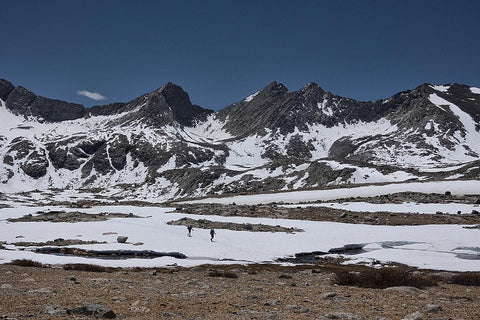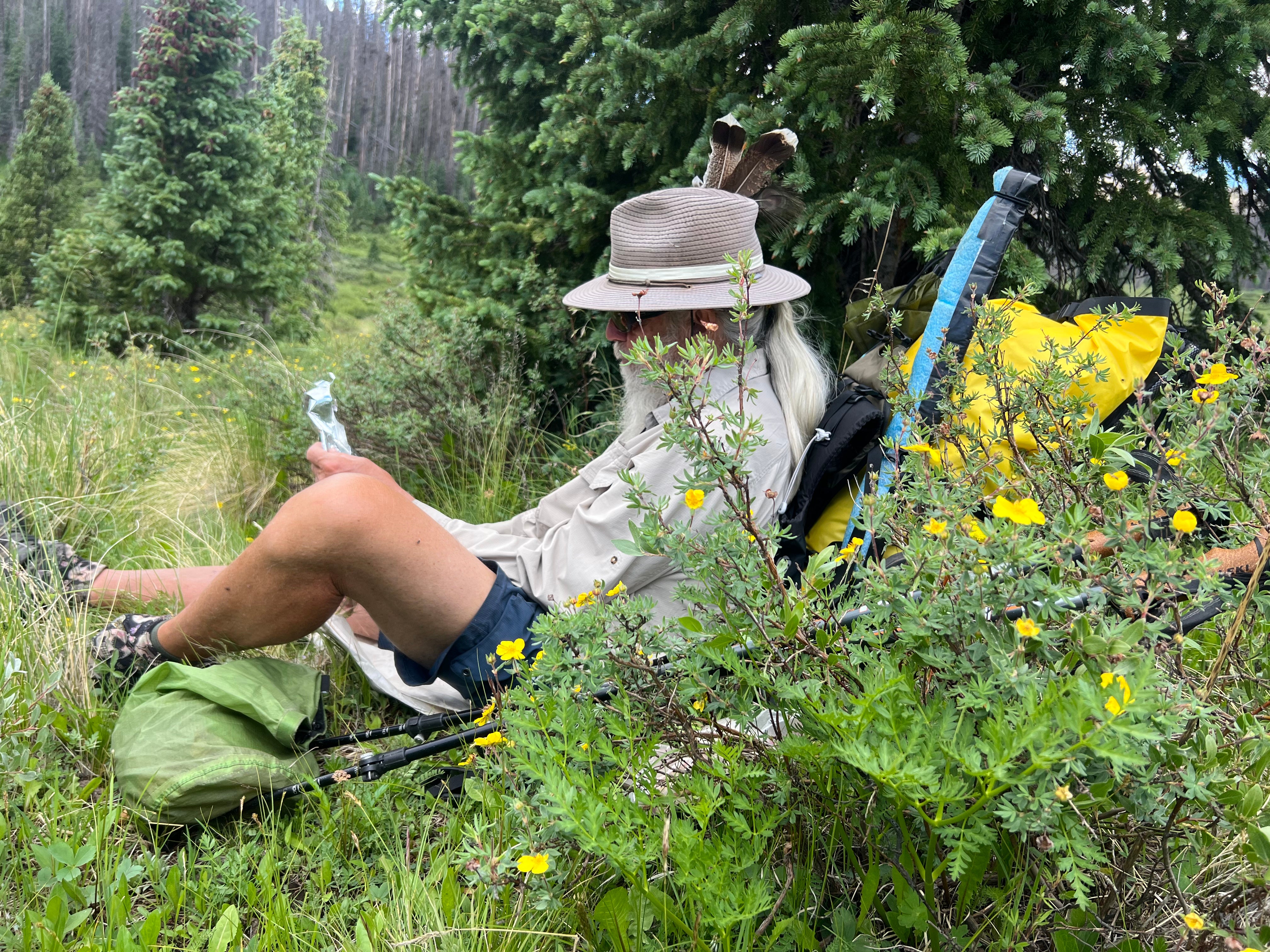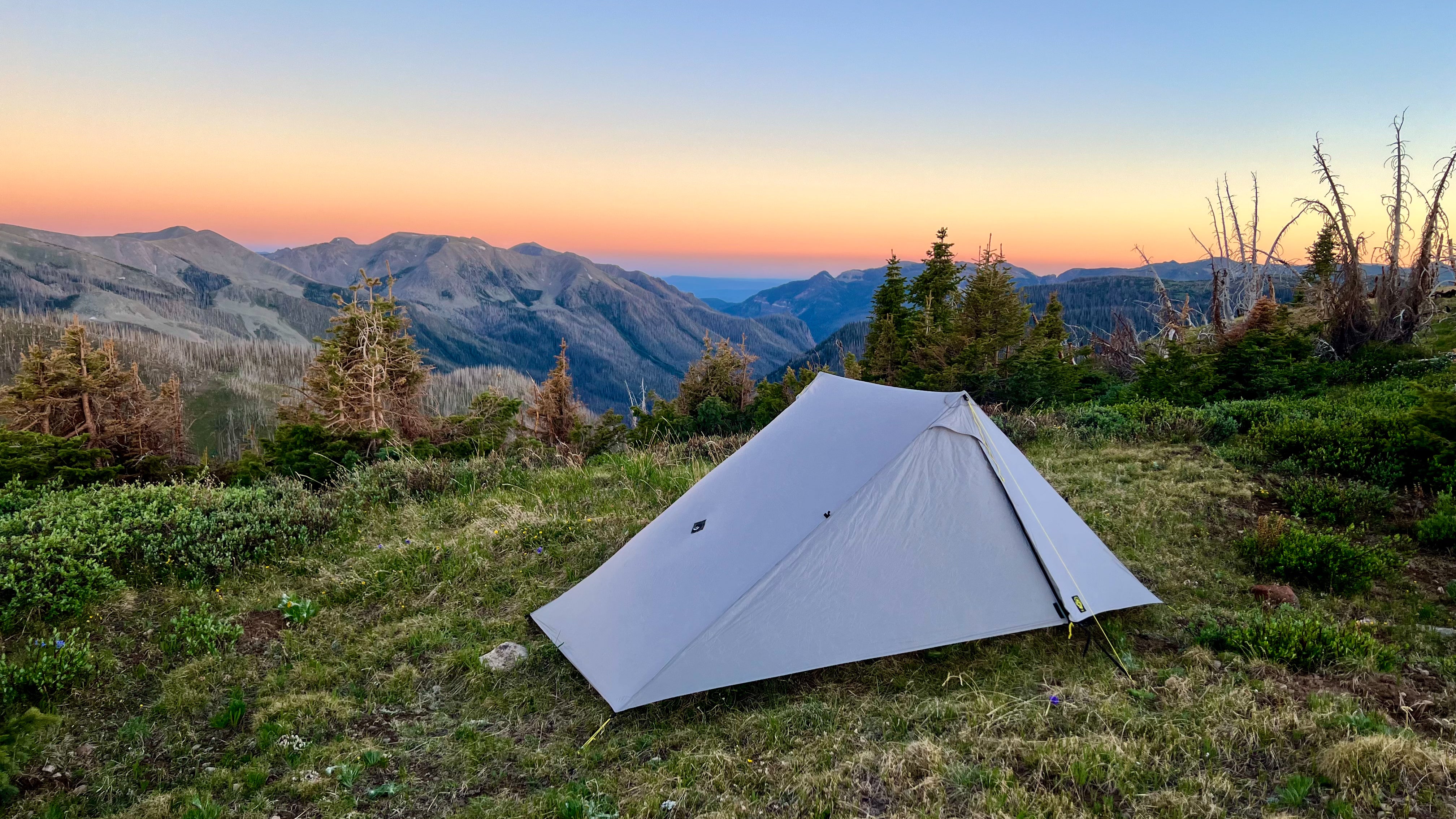
Hiking the entire Pacific Crest Trail in one go is the journey of a lifetime, and regardless of how prepared and planned you arrive for it at the start, the trail will both alter and defy your expectations. I first learned about the PCT in the 1980s, when I read The High Adventures of Eric Ryback, one of the earliest books written about walking the world’s longest contiguous footpath. Growing up in California and backpacking frequently in the Sierras and then later living in Washington and climbing in the North Cascades, I often crossed paths with the PCT and hiked parts of it, but it wasn’t until my 60th birthday this past year, that I decided to celebrate my advancing age by setting out with my wife to try and walk the whole thing. Here are a few things I learned along the way.

Hike Your Own Hike: This is probably the most commonly used adage in the thru-hiking community, but it really is something to be taken to heart. You can read countless information posts and recommendations as to how to approach a PCT hike, but the reality in the end is that you need to do what works for YOU and makes YOU happy. Many PCT hikers appear to follow a prescribed system of trying to make as many miles as possible, walking all day until dark, or thinking that so-called “luxury items,” need to be forsaken in order to be successful. We found precisely the opposite. We rose early each morning, did a cooked breakfast almost every day on trail (another supposed no no), finished our planned mileage by 4pm, and enjoyed the rest of the day, having time to get a prime camp spot, wash ourselves and gear, as well as having time to read our Kindles, relax, and plan out the next stretch. I love walking early in the morning at first light. It’s cooler, you don’t have to carry as much water, and the early start gives room for more options if the weather should turn or something happen enroute that isn’t planned for. I also detest walking in the dark, as well as getting into camp so late and tired that I don’t have time for much recovery. Might not work for everyone, but it did for us and we stuck with it. We also tried to take at least one day off every week, again, not for everyone, but we found it worked to perfection, as we never dealt with any kind of injuries while on trail, had plenty of time to relax and recover, as well as check out all the fascinating trail towns without feeling rushed. I wore my camp sandals every single day, read my Kindle virtually every night, and the extra pound or two I carried of so-called non-essentials certainly didn’t affect my mileage and only contributed towards a more enjoyable trip.

The Trail Provides: This is the second most common saying you’ll come across in relation to thru hiking, and while it might not always be the case, it does bear a lot of truth. The Pacific Crest Trail has a large number of trail angels and supporters, and things we initially worried about prior to hiking proved to be non-issues. Hitching rides around fire closures or into towns always worked out. We always found a place to sleep. When my wife’s sleeping pad failed, miraculously the next day on a local PCT Facebook group another hiker was giving her pad away, and when mine gave up the ghost in the Cascades, I was able to call REI from atop a ridge and have an express delivery made to Snoqualmie Pass where we were headed within two days. Do your planning, but do trust in the trail.

The PCT Really is Beautiful: I’ve been blessed to be able to trek and climb all over the planet. Places like Patagonia, the Andes, the Himalayas, the Alps, and other spots of just sublime beauty. One thing I was worried about on the PCT is that the stretches not in the Sierras or Cascades (which I knew to be highlight reel-worthy) would be boring or uninspiring. This turned out not to be the case. The PCT has very few uninteresting stretches. The desert in California is mostly high desert, staying at 4-5000 feet, going over some huge mountain ranges (the San Jacintos and San Gabriel peaks), and even the hardest arid stretch through the Mojave was thoroughly photogenic with all the surrounding windmills. The Sisters Wilderness in Oregon was stunning, as was Crater Lake, as were the deep forests of northern California. Even going through the burn areas like that of the Dixie Fire and Lassen National Park featured some stark and eerie landscapes, abundant wildlife, and a chance to see a forest in recovery and rejuvenation. I can’t say I ever felt bored or in a landscape I didn’t want to be in in almost six months of walking.

Take Your Time and Savor the Moment: These days, the PCT and other Triple Crown hikes seem to be moving more and more towards being Olympic events, with people going faster, trying to do more miles, and with the focus on the finish line. We even met a hiker in the Sierras who said that all he wanted to do after California was to stand at the northern terminus, that the rest of the hike would just be mundane and become a grueling routine. While I certainly was ready for some down time as we neared the finish line, I don’t think I ever felt like I wanted to be anywhere else. For most hikers, the PCT is a once in a lifetime experience, and very few humans ever get the chance to take six months of their lives and live in the wilderness, carrying everything they need on their backs. Not only was the outdoor experience incredible, the folks along the way made the trail that much more special. While Americans may be often divided by politics, religion, and other, when it comes to being friendly, kind, and supportive, we are second to none on the PCT. Countless people offered us food, drinks, hospitality, and encouragement all along the way. Establishments like Mom’s Pie in Julian give all thru hikers free pie and ice cream, and I’ll never ever forget walking in there with my hiker hunger and being served up a huge slice with a smile. Same goes for the eclectic toy shop in Quincy, CA, where the sign outside reads “You’d walk 2650 miles for homemade ice cream.” (which they made and gave free cones of to all hikers) Hundreds of little moments like these make up the PCT experience and savoring them all is the only way to go.

The Trail is Full of Endless Surprises: I expected to have a big letdown after crossing the majestic Sierras, knowing that there were still 1300 miles ahead of scenery that couldn’t possibly be as striking. Well, Northern California ended up being the trip sleeper for me, with few hikers, fabulous climbs, deep forests, and fantastic small trail towns. PCT veterans' comments and everything I’d read seemed to indicate that once in Oregon, we’d be walking 30+ miles a day on easy flat terrain. Guess again. The trail is called the Pacific Crest because it does exactly that, staying on the mountain crest whenever possible, and mountains feature ups and downs. Oregon had plenty of climbs, and while we did increase our mileage, we fortunately didn’t have to do too many 30 mile days, which I find take their toll on the body and just are not what hiking means to me. And ironically, in a year where we figured out we might be the luckiest hikers in ages in that we had almost no brutally cold weather (two freezing nights in the desert and one cold one below Mather Pass), no heat in the desert, no rain in either the Sierras or Cascades (or anywhere else for that matter), low snow and rivers in the Sierras, and the fact that we got through both Northern California and Oregon ahead of all the eventual fires, in the end we didn’t get to physically touch the northern terminus, as the last 20 miles of the trail closed to fires in Manning Park in Canada just as we arrived. Even if you have expectations, the PCT will most likely dash most of them and wow you with something else, meaning it pays to be flexible and just enjoy the moment.
Walking 2654 miles in one go is not for everyone, it takes some physical endeavor and even more importantly a lot of mental toughness. Yet the rewards for doing so are incredible. You’ll get to see more wilderness and walk more miles than most folks do in a lifetime, you’ll meet a lot of wonderful people, learn a lot about yourself, and come home appreciating food, hot showers, good friends, and a warm home more than you’d ever imagine!











Leave a comment
This site is protected by hCaptcha and the hCaptcha Privacy Policy and Terms of Service apply.